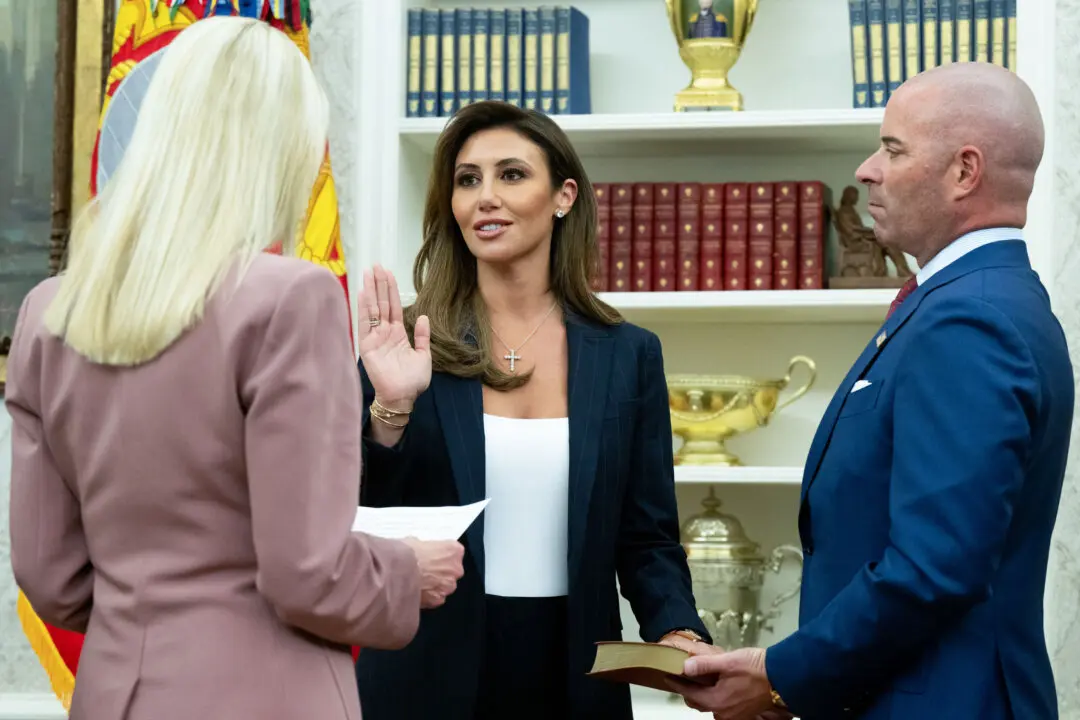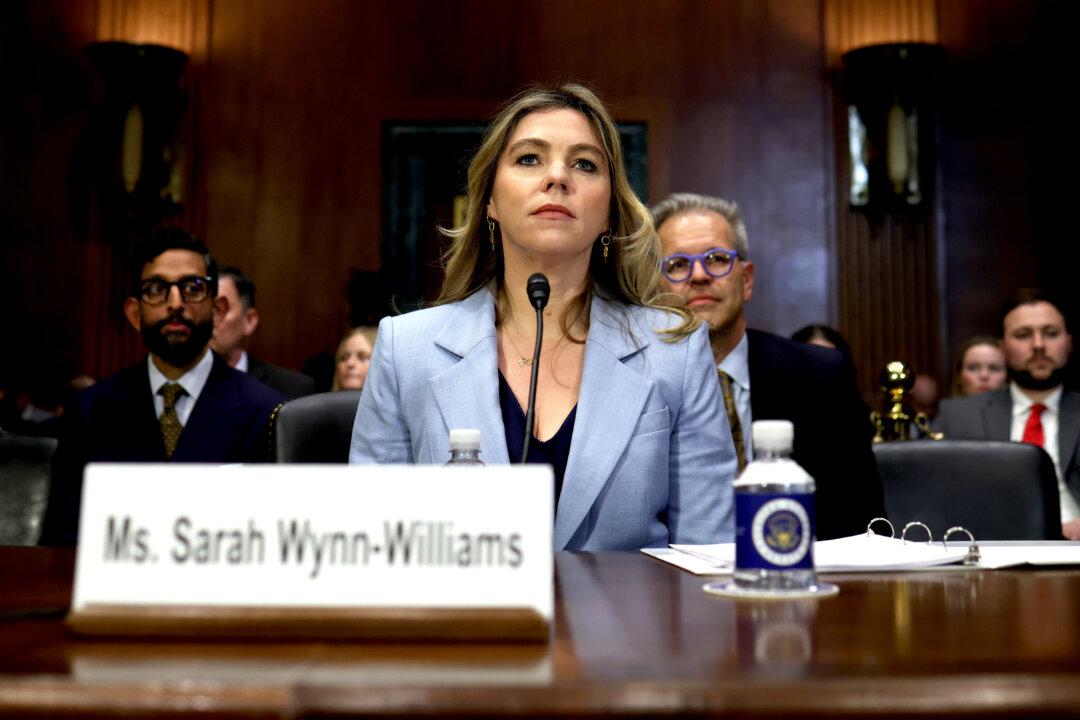The plan aims to ensure a 15 percent reduction in xylazine-positive overdose deaths in at least three of four U.S. Census regions by 2025.
“Even as we work to save lives from illicit fentanyl, this administration is hyper-vigilant in reacting to changes in the drug supply, like xylazine,” said Dr. Rahul Gupta, director of the White House Office of National Drug Control Policy, on a July 10 call with reporters.
Dr. Gupta designated fentanyl adulterated with xylazine as an “emerging threat” to the United States on April 12. The move marked the first time an administration had issued such a designation to a substance under the SUPPORT Act of 2018.
Xylazine, a nonopioid sedative used by veterinarians during surgeries, is not approved for human use.
“If we thought fentanyl was dangerous, fentanyl combined with xylazine is even deadlier,” Dr. Gupta said, noting that the latter drug produces several serious side effects.
“Xylazine produces deep flesh wounds in users that require extensive medical intervention,” he said. “The deep skin and soft tissue wounds, abscesses, and tissue necrosis are often independent of injection sites and are challenging to treat, and they carry stigma. As a physician, I’ve never seen wounds this bad at this scale.”
The drug, he noted, also slows the user’s heart rate, resulting in dangerously low blood pressure levels and complicating efforts to reverse the overdose with medications like Narcan.
The administration’s plan to stop the surge focuses on six pillars of action: testing; data collection; evidence-based prevention, harm reduction, and treatment; supply reduction; scheduling, and research.
Plan of Attack
Dr. Gupta said the administration’s plan was developed over the past three months by various federal agencies and departments, and that implementation would require a “whole of society” effort.Addressing the first pillar, he said testing for xylazine is already being conducted in communities by local law enforcement officials but not frequently enough “to get a national picture of the threat.”
Government efforts on that front will include standardizing forensic testing practices and developing rapid test strips for use in medical and community settings. Testing for xylazine in other drugs will also be increased.
Other key aspects of the plan include standardizing diagnostic codes and developing a comprehensive epidemiological data system, developing safe and effective protocols for overdose treatment and prevention, and scheduling xylazine as a controlled substance while still allowing its veterinary use.
As for the supply chain, Dr. Gupta noted that authorities know the drug is entering the United States via online vendors in China and other countries. Diverted veterinary xylazine is also arriving from Puerto Rico by mail and other means, while drug cartels in Mexico are also mixing it with fentanyl before trafficking it across the border.
To disrupt that supply chain, the administration will aim to identify and develop law enforcement actions to reduce the illicit supply of xylazine and its precursor chemicals.
Lastly, researchers will investigate how xylazine use affects human physiology and behavior as well as the social, cultural, and economic drivers and consequences of its use.
“With this response plan, we’re being proactive in our approach to save lives and are creating new tools for public health and public safety officials and communities across the nation,” Dr. Gupta said.
Moving Ahead
Federal agencies will have 60 days to inform Dr. Gupta of their plans for implementing the outlined strategies.Next week, Vice President Kamala Harris will convene state attorneys general to discuss how they are addressing the fentanyl crisis, including fentanyl laced with xylazine.
“To the parents, to loved ones, to community leaders affected by xylazine use, I want you to know that help is on the way,” Dr. Gupta said.





